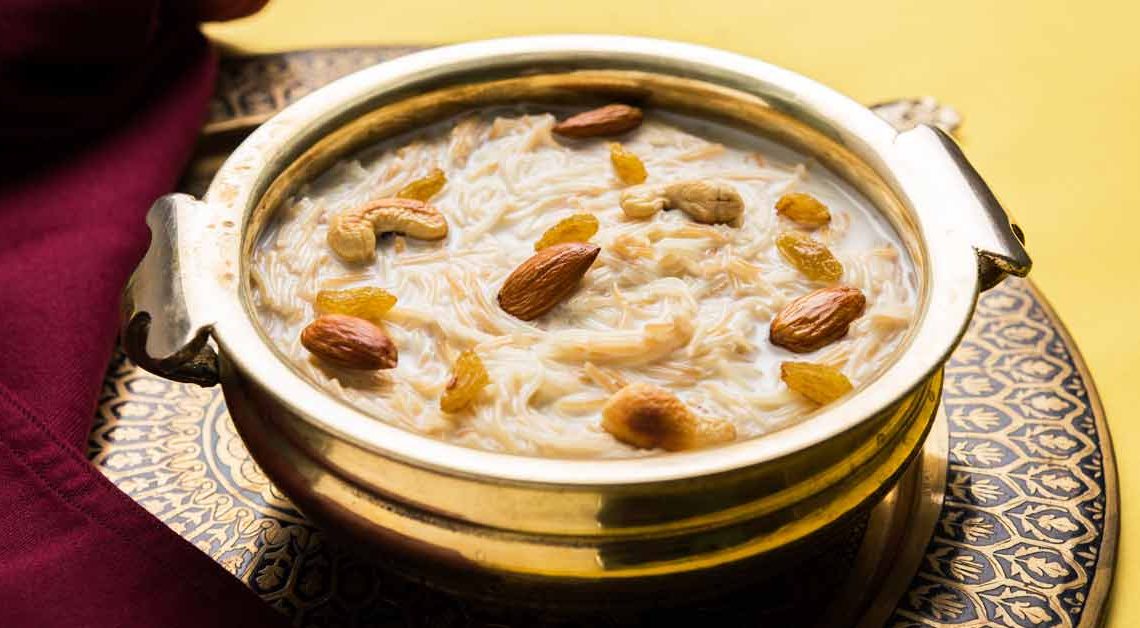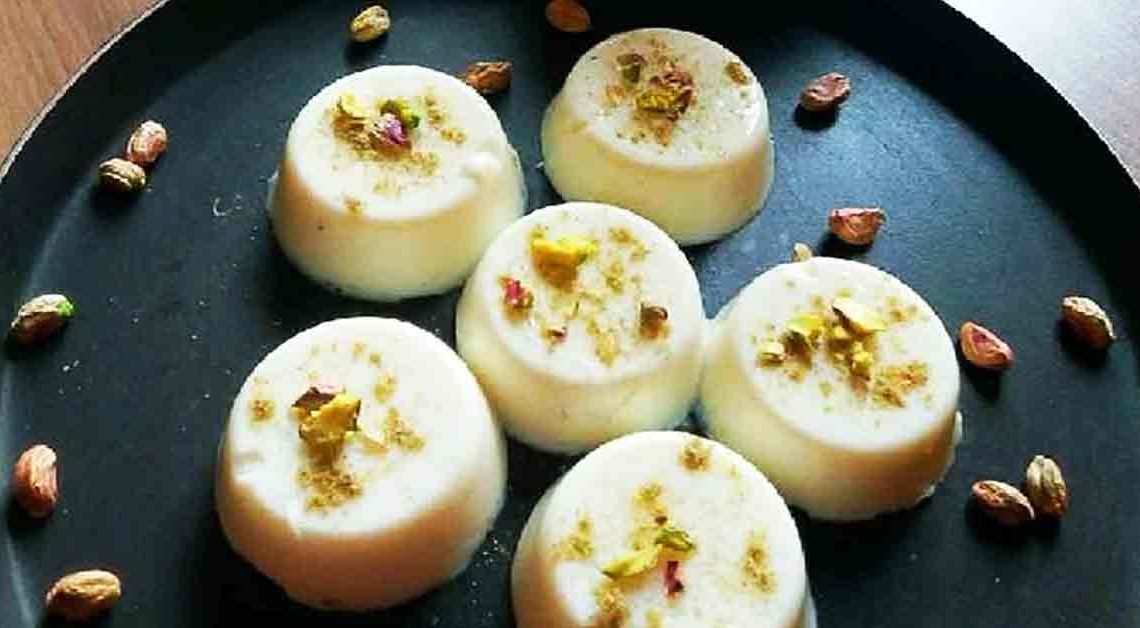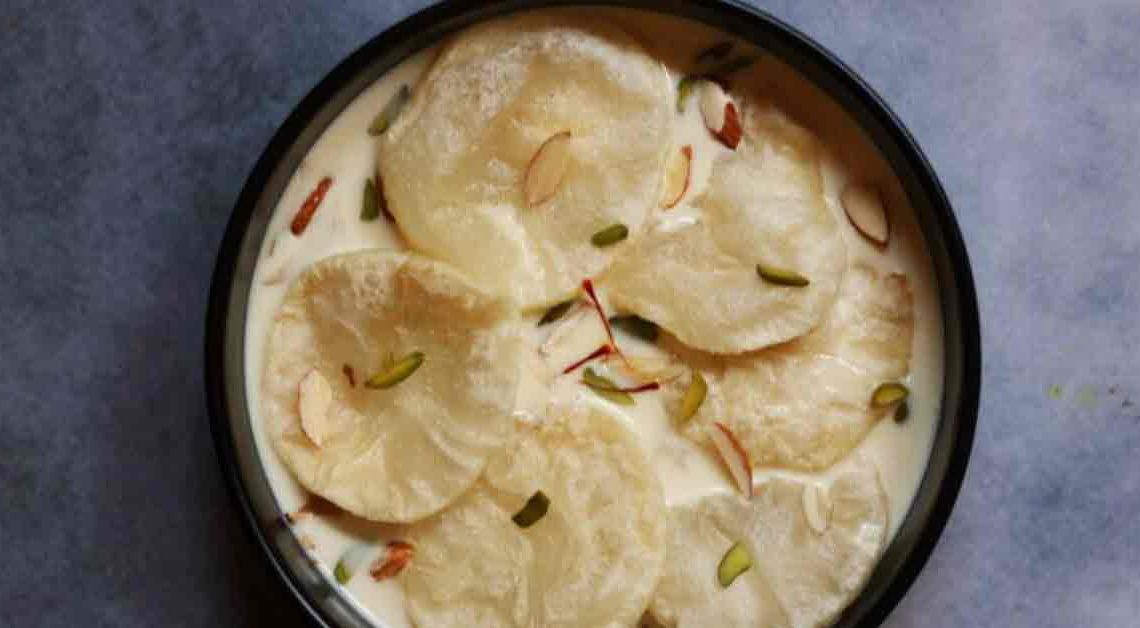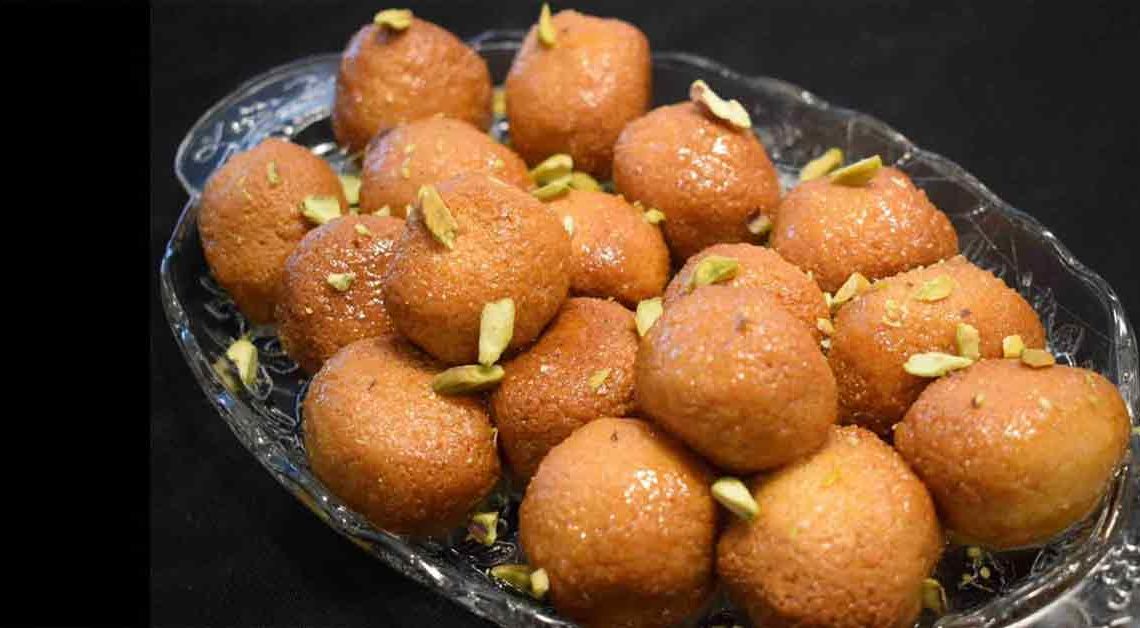Payasam: A Divine Delight with a Story to Tell

If you are looking for a delicious and easy dessert to make at home, you should try payasam, a traditional pudding from South India. Payasam is a creamy and rich dish that can be made with various ingredients, such as rice, vermicelli, tapioca, millet, or sweet corn. It is cooked with milk, sugar or jaggery, and flavored with cardamom, saffron, nuts, and raisins. Payasam is also known as kheer in North India, and it is derived from the Sanskrit word for milk.
It is a popular dessert for festivals, celebrations, and religious occasions. It is often served as prasadam (holy offering) in temples, especially in Kerala. One of the most famous varieties of payasam is the Ambalappuzha pal payasam, which is made with rice and milk in the Ambalappuzha Krishna Temple. It is said to have a divine taste and aroma.
It is not only a dessert, but also a symbol of joy, gratitude, and auspiciousness. It is a dish that brings people together and creates sweet memories. Whether you want to impress your guests, satisfy your sweet tooth, or simply enjoy a comforting bowl of payasam, follow Mithainama for more Knowing more about Sweets!
The Origin of Payasam
The word payasam comes from the Sanskrit word payasa, which means milk. According to some sources, payasam was first mentioned in ancient Buddhist-Jain manuscripts that were written around 400 BC as payas. From the start, this sweet dish seems to have had a connection with the Buddha. It is said that Buddha broke his seven-year fast by having a bowl of kheer.
Another legend traces the origin of payasam to Kerala, where an old sage in the form of Krishna challenged the king of Ambalapuzha to a game of chess. The sage asked for a modest prize: one grain of rice on the first square of the chessboard, two on the second, four on the third, and so on, doubling the amount on each square. The king agreed, but soon realized that he owed the sage trillions of tons of rice. Krishna then revealed himself and asked the king to provide payasam to every pilgrim who came to his temple. The Ambalapuzha Krishna temple still follows this tradition and serves payasam as prasadam.
The History of Payasam
Payasam has been a part of the Indian cuisine for thousands of years. It has been mentioned in many ancient texts, such as the Ramayana, Mahabharata, Manu Smriti, and Charaka Samhita. It has also been praised by many poets, such as Kalidasa, Jayadeva, and Amir Khusro.
Payasam has also been influenced by various cultures and cuisines that came into contact with India over time. For example, some historians believe that rice was introduced to India by Alexander the Great in 327 BC. Rice became a staple ingredient in payasam and other dishes. Similarly, saffron was brought to India by Arab traders in the 10th century AD. Saffron added a rich color and flavor to payasam.
Payasam has also been a part of many festivals and celebrations in India. It is often prepared during auspicious occasions, such as weddings, birthdays, anniversaries, and religious ceremonies. It is also offered to various gods and goddesses as a sign of devotion and gratitude. For example, payasam is offered to Lakshmi on Diwali, to Ganesha on Ganesh Chaturthi, to Shiva on Maha Shivaratri, and to Durga on Navratri.
Cultural Significance
Payasam is not just a dessert, but a dish that signifies auspiciousness, prosperity, and happiness. It is prepared and served on various occasions such as weddings, birthdays, festivals, ceremonies, and rituals. Some of the festivals where this sweet is an integral part of the menu are Onam, Pongal, Vishu, Gokulashtami, Navratri, Diwali, and Raksha Bandhan. the sweet is also offered to various gods and goddesses as a sign of devotion and gratitude.
Payasam is also associated with some customs and traditions that reflect the diversity and richness of Indian culture. For instance,
In Kerala, the sweet is served in small earthen pots called urulis as part of the traditional sadhya (feast) during Onam.
In Tamil Nadu, the sweet is served in brass or silver bowls called sombu during weddings and other celebrations.
In Andhra Pradesh, the sweet is served in banana leaves along with other dishes during festivals like Ugadi and Sankranti.
In Bengal, payesh is made with date palm jaggery and served as the first solid food for babies during annaprashan (rice feeding ceremony).
In Gujarat, kheer is made with flattened rice and dry fruits and served during Janmashtami (Krishna’s birthday).
Where it is Famous?
Payasam is a dish that can be found in almost every corner of India, with different variations and flavours. Some of the famous places where you can enjoy payasam are:
- Ambalapuzha Krishna Temple: This temple in Kerala is famous for its paal payasam (milk payasam), which is made with rice flakes cooked in milk till it turns pink.
- Tirupati Balaji Temple: This temple in Andhra Pradesh is famous for its laddu prasadam (sweet balls), but it also serves delicious chakkara pongali (sweet pongal), which is a type of payasam made with rice, moong dal, jaggery, ghee, and dry fruits.
- Jagannath Temple: This temple in Odisha is famous for its mahaprasad (sacred food), which includes kheer mohana (sweet rice), which is a type of payasam made with rice cooked in milk and sugar.
- Guruvayur Temple: This temple in Kerala is famous for its palada pradhaman (rice flake pudding), which is a type of payasam made with rice flakes cooked in milk and sugar.
- Sri Ranganathaswamy Temple: This temple in Tamil Nadu is famous for its akkaravadisal (sweetened rice-lentil pudding), which is a type of payasam made with rice, moong dal, milk, jaggery, ghee, and cardamom.
The Varieties of Payasam
Depending on the region, payasam can be made with different ingredients, such as rice, vermicelli, tapioca, millet, sweet corn, dal, or fruits. It can also be sweetened with different agents, such as sugar, jaggery, honey, or condensed milk. It can also be flavored with different spices, such as cardamom, cinnamon, nutmeg, cloves, or rose water.
Some of the most popular varieties of payasam are:
- Paal Payasam: A simple and classic rice pudding made with milk and sugar.
- Semiya Payasam: A vermicelli pudding made with milk and sugar or jaggery.
- Moong Dal Payasam: A dal pudding made with moong dal, coconut milk and jaggery.
- Chakka Pradhaman: A jackfruit pudding made with jackfruit puree,
coconut milk and jaggery. - Palada Payasam: A rice flake pudding made with milk and sugar.
- Rice Coconut Kheer: A rice pudding made with coconut milk and sugar.
- Rava Payasam: A semolina pudding made with milk and sugar or jaggery.
- Jevvarisi Payasam: A sago pudding made with sago pearls, milk and sugar or jaggery.
Interesting Facts and Trivia
Payasam is not only a delicious dessert, but also a dish that has many interesting facts and trivia associated with it. Here are some of them:
- The sweet is said to be the oldest dessert in the world, dating back to over 2000 years ago.
- The sweet is said to be the favorite dish of Lord Krishna, who is also known as Kheer Chor (the thief of kheer).
- The sweet is said to have medicinal properties, as it is rich in protein, calcium, and phosphorus. It is also said to improve digestion, immunity, and skin health.
- The sweet is said to have different names in different languages, such as payesh in Bengali, payox in Assamese, payasa in Kannada, payasam in Malayalam and Tamil, kheer in Hindi and Urdu, phirni in Punjabi, and sheer khurma in Persian.
- The sweet is said to have different meanings in different cultures, such as nectar or ambrosia in Sanskrit, milk or rice pudding in English, and happiness or joy in Tamil.
Did You Know?
Did you know that payasam, the delicious dessert made with milk, sugar or jaggery, and rice or other grains, has many health benefits? Here are some of them:
- The Sweet is rich in protein, calcium, and phosphorus, which are essential for building and maintaining strong bones, muscles, and teeth.
- It is a good source of antioxidants, which can protect the cells from oxidative stress and inflammation.
- It can help balance the vata and pitta doshas, according to Ayurveda. It can also pacify digestive fire and prevent acidity.
- It is made with shastika rice, a special variety of rice that grows in 60 days, can promote the development of the skeleton structure of the fetus and provide immunological benefits to pregnant women.
- The sweet can also improve the mood and mental health, as it is associated with joy, gratitude, and auspiciousness in Indian culture.







